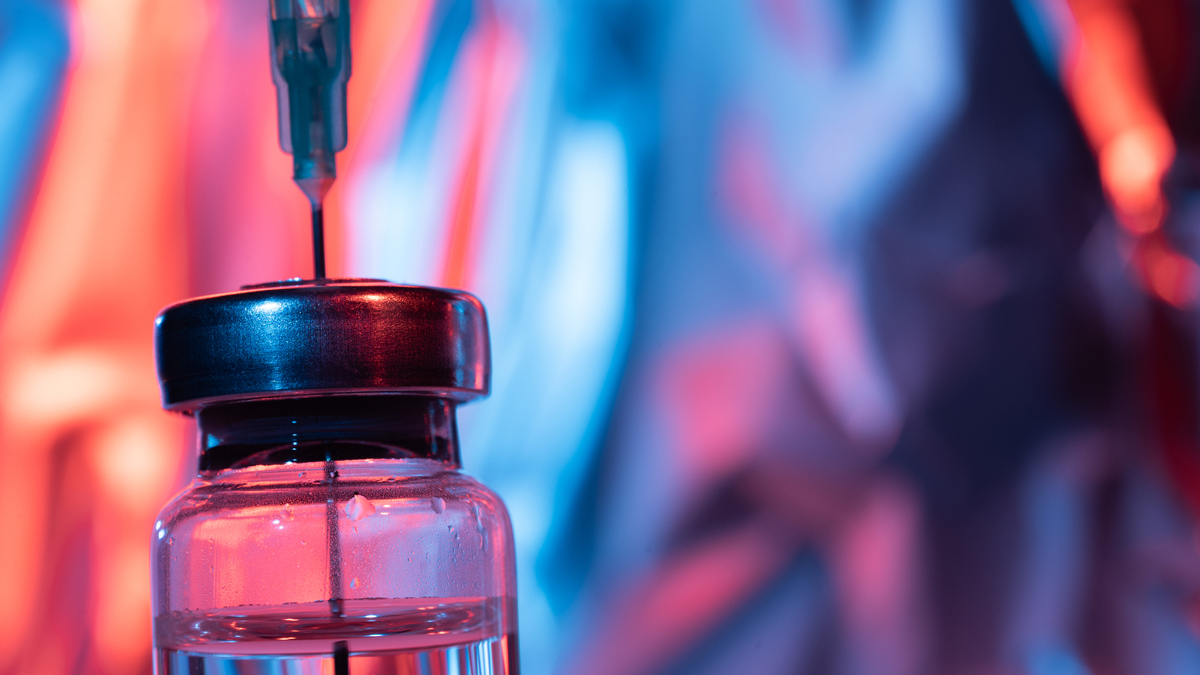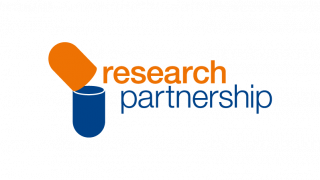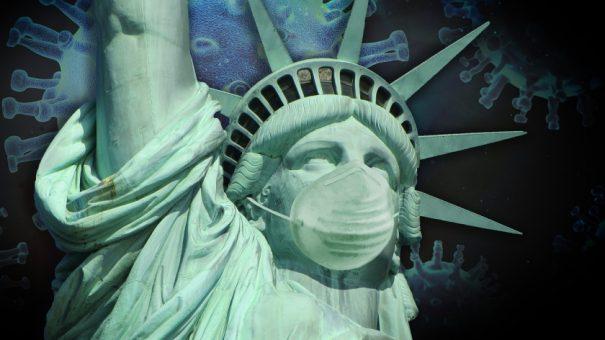The unprecedented challenge of pricing a coronavirus vaccine

The optimal pricing strategy for a new vaccine involves setting a fair and sustainable price that enables the eligible population in need across the world to gain access, while also rewarding innovation and supporting further research and development.
The need for a SARS-CoV-2 vaccine is arguably more urgent, and more global, than ever before for a vaccine. As the 130+ vaccine candidates currently in development progress through clinical testing, a key question for their manufacturers is how COVID-19 might be changing the equation when it comes to what a responsible pricing strategy might look like. At the same time, payers are also faced with needing to prepare and plan for how to react and manage this situation.
Payers’ expectations regarding the pricing of SARS-CoV-2 vaccines was one of a number of areas we explored in the first wave of our latest syndicated study, in which we set out to assess the impact of COVID-19 on biopharmaceutical market access through interviews conducted with payers and advisors in the US, Europe, Brazil, and China during April and May 2020.
This article shares selected insights from our study that are relevant to this topic, bringing the perspectives of the experts we interviewed together with a review of the recent commentary and discourse around fair pricing strategies for COVID-19 technologies more generally.
Learnings from drugs and therapies
Vaccine development – even at the accelerated speeds developers are currently working towards – takes significantly longer than repurposing existing or legacy treatments that have already been developed or entered the clinical development process for other indications. Therefore much of the debate around the pricing of COVID-19 technologies to date has focused on drugs and therapies.
“Gilead remains under close public scrutiny. Feedback from experts in our study suggests a ‘hangover effect’ from their approach to pricing in HCV, particularly in the US”
In particular, Gilead has been fast off the mark with its antiviral remdesivir, which was originally developed to treat hepatitis C, and later tested against ebola and marburg – but not found effective for any of these.
On 29 April, an early data read out from a placebo-controlled trial of patients with advanced COVID-19 showed patients receiving remdesivir recovered in a median of 11 days after beginning treatment, compared with 15 days for patients in the placebo arm. The data also hinted at a survival benefit for remdesivir-treated patients (although death rate was – quietly and controversially – switched from a primary to a secondary endpoint mid-trial in order to secure a positive outcome with regulators).
Based on this data, the Institute for Clinical and Economic Review (ICER), an independent US price watchdog, proposed two different approaches to estimate a potential price for the drug.
The first approach, which they termed ‘cost recovery’, uses a marginal cost model in which the price set would compensate Gilead for the cost of production without factoring in the cost of R&D or allowing for any additional profit. They worked this out to be $10 per patient. Such a model is virtually unheard of for innovative pharmaceuticals in ‘normal’ circumstances, given the high cost of R&D and the need to reward risk and innovation. However in the context of COVID-19, consumer advocacy groups such as Public Citizen have been quick to endorse this proposal.
ICER’s second proposed approach, a value-based pricing model, reflects the more common approach to pricing pharmaceuticals. This involves setting a price that considers the perceived value of the product, customers’ willingness to pay and affordability. Here they conducted a cost-effectiveness analysis to calculate the quality-adjusted life years (QALYs) saved by using the treatment, and used a cost per QALY willingness-to-pay threshold of $50,000. With this approach (assuming the survival benefit can be further substantiated), a course of treatment would cost $4,460.
While such a price would result in a huge (and in many countries simply unmanageable) budget impact for payers given the expected burden of COVID-19 disease, the $50,000 cost per QALY threshold used to calculate this price actually represents a lower valuation than ICER’s typical willingness-to-pay threshold of $150,000 per QALY. The QALY calculation also excludes any broader societal benefits, which are usually factored in to ICER’s calculations – and are particularly far reaching in this case given the widespread effects of lockdown on the economy.
The cost-effectiveness analysis will certainly evolve further; on 1 June, Gilead announced results from a phase 3 trial involving patients with moderate pneumonia resulting from COVID-19. While overall favourable for remdesivir, Gilead’s share prices dropped as investors were underwhelmed by the lack of significant improvement.

For the Gilead executives in the unenviable position of being tasked to set a price, there’s no easy win – keeping investors happy while avoiding widespread consumer backlash is a delicate balance. Gilead has been in this situation before, when it came under fire for setting the price for its hepatitis C treatment Sovaldi at $84,000 per patient back in 2013. As we are finding with remdesivir today, for a drug with such high demand, cost-effectiveness analysis broke down in the real world: Sovaldi was highly cost effective at this price – but unfortunately not affordable for most payers given the high budget impact.
Despite a recent announcement that their investment in remdesivir for 2020 could be “up to $1 billion or more”, despite having pledged to donate 1.5 million doses of remdesivir globally and despite asking the FDA to rescind the orphan drug designation it granted for the drug earlier this year (which would have given it additional years of market exclusivity), Gilead remains under close public scrutiny. Feedback from experts in our study suggests a ‘hangover effect’ from their approach to pricing in HCV, particularly in the US.
“Pricing at these levels will risk the prospect of governments taking extraordinary actions. Several have already made moves to enact compulsory licenses or invoke Crown Use – generally viewed as a last resort”
Some consider it unethical for drugmakers to profit at all from this crisis given the potential for broader reputational benefits, while others suggest that relying on the altruism of private companies is not sustainable. Commentators in the latter camp argue that delivering Gilead with a return on investment for the drug is important to set a precedent that will encourage more widespread investment from manufacturers.
On 3rd June, financial analyst Geoffrey Porges of SVB Leerink predicted that remdesivir would deliver revenues approaching $2 billion in 2020, rising to $7.7 billion by 2022. These figures are based on his estimation that Gilead set a tiered pricing per treatment course of $5,000 in the US, $4,000 in Europe and $2,000 elsewhere – a lower profit contribution than from the rest of its portfolio, but still very much assuming a commercial strategy that Gilead has been trying to distance itself from taking.
Pricing at these levels will risk the prospect of governments taking extraordinary actions. Several countries, including France, Germany, Canada and Australia have already made moves to enact compulsory licenses or invoke Crown Use, giving them the flexibility to revoke patents should the need arise. This is generally viewed as a last resort, especially in high income countries, as it dis-incentivises investment in development.
In low and middle income countries, exclusivity is even less likely. Gilead has already struck deals with five generic drugmakers in India and Pakistan, allowing them to manufacture and distribute remdesivir to 127 countries, free to set their own prices without needing to pay royalties to Gilead until the public health emergency is declared over or another drug or vaccine is approved to treat or prevent COVID-19. In May, Bangladesh drugmaker Beximco Pharmaceuticals started selling an unlicensed generic version of remdesivir under the provisions of a World Trade Organization agreement for ‘Least-Developed Countries’ for approximately $65 per vial (meaning a full course could cost around $300-$800 per patient). Under this agreement, Beximco is allowed to export its generic to other Least-Developed Countries, but other countries, including those in Europe, have reportedly contacted the company to explore potential to import the drug.
To satisfy global demand and ensure widespread access, perhaps an entirely new model will be needed during this time of pandemic, involving ‘lump sum’ advance purchase commitment payments from governments, patent buyouts or other innovative contracting approaches.
“‘In-pandemic’ pricing will likely look very different to ‘out-of-pandemic’ pricing… this reinforces the element of risk the manufacturers are taking on in pursuing development”
Vaccine pricing specificities
As we wait to see what compromise will be found for a price for remdesivir, let’s turn our attention to the specific issues that vaccine manufacturers will have to consider as they start thinking about setting a price for SARS-CoV-2 vaccines.
As vaccines are usually procured through tenders on a much broader scale, pricing strategies already tend to take into account the total budget rather than cost-effectiveness analysis or value-based pricing approaches taken for drugs. Experts in our study assumed the standard payment models would hold true for vaccines that are developed against SARS-CoV-2, with limited enthusiasm for innovative contracting approaches – at least at this early stage.
However the question of how payers would value different potential candidates remains a pertinent one.
A key consideration is of course the quality of the evidence: a consistent finding that emerged from our study was experts’ strong desire for human disease prevention efficacy data over immunogenicity alone. A vaccine demonstrating the former would command a higher price, although the final price would also depend on so many other factors:
- What other clinical endpoints have been investigated? (the more the better, especially if they can demonstrate reduction in severe cases, hospitalisations and healthcare resource utilisation)
- Will the manufacturer be able to supply all needed doses within a rapid timeframe? (Security of supply – and proven demonstration of supply capabilities via other vaccines – has the potential to increase willingness to pay, given this is a key concern)
- What alternatives are there and over what timescale will these become available? (The fewer the alternative options, the further away they are, the higher the willingness to pay for the first available option, and the greater the willingness to enter into an exclusive contract with the manufacturer in order to secure supply)
- Are effective treatments already available at this point? (If so, this could potentially reduce willingness to pay)
- Will the vaccine offer cross-protection against any other respiratory viruses? (Again, this would increase willingness to pay)
Potentially, given the vast, global scale of demand, payers will need to draw up contracts with multiple manufacturers to cover the entirety of their eligible population. With current resources and capacity constraints, implementation of an immunisation programme covering the whole population is not considered to be feasible, meaning a staggered approach in which the most exposed and/or vulnerable population groups are prioritised is expected to be necessary.
All of this of course assumes the perceived need remains high at the time of launch, as ‘in-pandemic’ pricing will likely look very different to ‘out-of-pandemic’ pricing. This is an issue manufacturers have faced for vaccines developed for previous pandemics such as H1N1, where infection rates plummeted to negligible levels prior to launch. The potential for something similar to happen again here reinforces the element of risk the manufacturers are taking on in pursuing development, a risk that arguably deserves rewarding with the potential to make profit.
There are also nuances around duration of protection and number of doses required – both aspects that would impact not only the logistics of implementation of a vaccination programme but also the price of the vaccine.

In our study, we saw that experts thought a vaccine given as a one-off could potentially command a price multiple times higher than one that needed to be given every season. Duration of trial data comes into play when setting an initial price in this situation. Given the eagerness to get a vaccine, experts expect data from a single season will be sufficient, but this means uncertainty regarding duration of protection over the long term.
Vaccine technology and approach is yet another consideration, with experts recognising that live-attenuated vaccines take longer to develop and are more expensive to produce compared to other approaches; efficacy will also vary from one approach to another.
However these kinds of technical considerations could potentially be dwarfed by the major national and political interests at play. Our study shows that payers in some countries will more readily engage in discussions with a local manufacturer, or at least one that includes trial data from their local population. Then there is the matter of government funding and global equity of access. French drugmaker Sanofi faced controversy in May with a (quickly back-pedalled) suggestion from its CEO that the US would be the first country to benefit from access to its vaccine, once available, given that it had financially supported its research.
BARDA, the Biomedical Advanced Research and Development Authority, a department of the US Health and Human Services office, has channelled funding into a number of vaccine candidates, as have other national governments. The level of upfront public investment has been higher than for any other vaccine. How this investment will be recognised in pricing discussions and country dose allocations will surely be the source of much discussion as these vaccines move closer to launch.
Especially when considered alongside the work of other non-profit organisations and public health actors such as CEPI (the Coalition for Epidemic Preparedness Innovation), and Gavi, the Vaccine Alliance, which focuses on increasing access to immunisation in the world’s poorest countries. On 9 June, Gavi launched a $2 billion financing initiative to help secure access to SARS-CoV-2 vaccines for these countries, while Médecins Sans Frontières (MSF) has already released a statement urging world leaders to demand pharmaceutical companies to make the vaccines available at cost, and China’s President Xi Jinping has vowed to make vaccines developed in China available as a ‘global public good’.
Given the multiple variables above, establishing a price corridor for SARS-CoV-2 vaccines seems challenging at this point. Experts participating in our study suggested they would look to a number of potential analogues, from seasonal influenza to shingles, when trying to conceptualise how they would start to rationalise the pricing. Each has pros and cons but no benchmark from history is perfectly suited to the extraordinary situation we find ourselves in today.
We could draw some parallels with antibiotics, another area in which there is a widespread global public health need, in this case to combat antimicrobial resistance. As with COVID-19, governments and non-profits have channelled large amounts of funding into R&D to counteract limited investment by the private sector due to low potential returns relative to other areas. Targeted economic incentives such as ‘market entry rewards’ for bringing a novel antibiotic to market have been called for to offset the low potential selling price of these drugs. Perhaps similar policy levers could be considered here.
Despite experts’ limited enthusiasm for new payment models in our study, in the unlikely event that SARS-CoV-2 vaccines are to be sold at or close to cost price, creative solutions that go beyond a simple price per dose and are designed to mitigate against failure or evaporating demand, may be essential to ensure the market is sustainable. These could include spreading risk between all parties involved (including governments / commercial payers, suppliers and distributors, as well as manufacturers), or recognising manufacturers’ investment in this area by committing to support pipeline candidates from their broader vaccine portfolios in areas that are likely to have more predictable markets and thus offer potential for them to realise profits in the future.
Conclusion
While our study showed lots of factors will be taken into account for the pricing of future SARS-CoV-2 vaccines, with variable impact depending on timing, the evolution of the virus itself and other external factors, and varying weight by country, the one thing that is certain is that manufacturers will need to keep up to date as the situation develops. As we have seen in the remdesivir pricing debate, and our understanding of COVID-19 more generally, pricing expectations will continue to evolve rapidly.
For the manufacturers, setting the wrong price will have potentially ruinous reputational ramifications. Public relations always need to be considered when pricing any new biopharmaceutical asset, but now more than ever, with the glare of the world watching, it will be ever so important to be conscious of setting a price that minimises consumer criticism and maintains public relations. Especially since early indications suggest biopharma’s rapid response to the COVID-19 crisis has helped the industry to start rebuilding its reputation among payers and the public.
Click here to find out more about the first wave of our syndicated report, which is available now and includes detailed information on a range of topics, including national immunisation groups' and payers’ price estimates by country.
Click here for more information on our pricing research capabilities.
About the authors
Rachel Howard - director, market access at Research Partnership
Brett Gardiner - director, market access at Research Partnership
Suzan Serip - consultant, market access at Research Partnership
About Research Partnership
Research Partnership is the largest independent healthcare market research and consulting agency in the world. We collaborate with clients from the global pharmaceutical, medtech and biotech industries, providing research intelligence and strategic recommendations that elevate healthcare brands and power their success. Our specialist market access service supports the world’s leading manufacturers in market access, pricing, and reimbursement.












